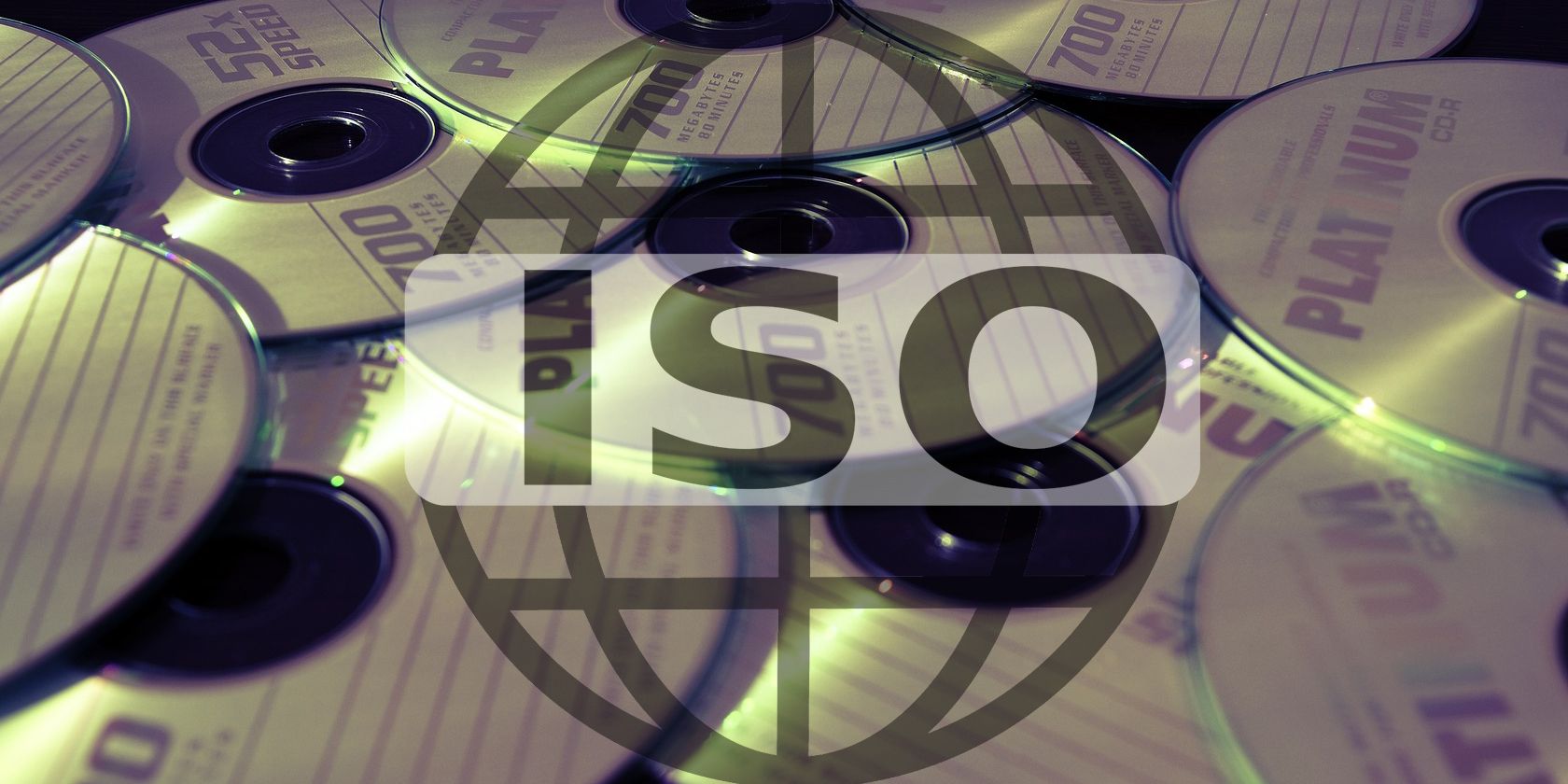The age of the CD and DVD is all but over. But one of the legacy technologies that evolved alongside the optical disc is still alive and kicking. The technology in question is the ISO 9660 file format.
Let's discuss what ISO 9660 is used for and why it remains relevant despite the slow demise of its parent technology.
The History and Development of ISO 9660
The International Organization for Standardization (ISO) ratified the ISO 9660 file system in the early 1980s. The driving force behind its "standardization" was a need for a file system format that was compatible and interchangeable across operating systems.
The format was originally developed as a cooperative effort by stakeholders in the then-burgeoning CD-ROM industry. Although optical disc usage is fading, the file system is still widely used.
The Main Features of ISO 9660
The features of ISO 9660 may seem limited. However, this is purely because of the format's cross-platform compatibility requirement. Consequently, the list of ISO 9660 features only included those that were already native to each supported platform.
These include:
- Platform independent: The ability to work across multiple OS environments, including Windows, macOS, and Linux, is ISO 9660's main defining feature.
- Directory structure: The ISO 9660 file structure is a simple yet effective hierarchical structure consisting of directories and subdirectories.
- Long file names (Joliet): This was a latecomer to the ISO 9660 party, but the Joliet extension was added to the standard to enable compatibility with long file names.
- File attributes: ISO 9660 supports most basic file attributes, including read-only, hidden, and system files.
While there are no bells and whistles to ISO 9660, this simplicity is behind its success.
Limitations of ISO 9660
Anything simple by design will have to make compromises along the way. That there are limitations to ISO 9660 shouldn't come as a surprise, then. However, what is surprising is that there are so few of them.
The two most notable limitations are:
- File size: The original format supported file sizes of up to 4GB. However, tech trickery and updates to the format have increased this.
- Lack of Unicode support: Again, this limitation was at least partially addressed with the introduction of the Joliet extension.
The major drawbacks of ISO 9660 were addressed by the Universal Disk Format (UDF), which was developed to succeed ISO 9660.
Working With ISO Files
How you create, open, and manipulate ISO files depends on many factors. For example, older systems may require third-party applications, while newer systems often have native support for the format. ISO files can be burned onto discs or mounted as virtual discs. Computers with no optical drive need a good external optical disc drive to read physical discs.
You may need to do a little research to find the solution that suits your requirements and your computer setup, but there are ways to create an ISO file on any operating system.
ISO 9660: The Ghost of Technology Past
It says much about the effectiveness of ISO 9660 that it is still relevant even as its parent technology dwindles.
It may have constraints, and it may be restricted, but ISO 9660 still stands firm as a ghost of technology's past. A throwback to an era when optical discs were a pivotal technology.


